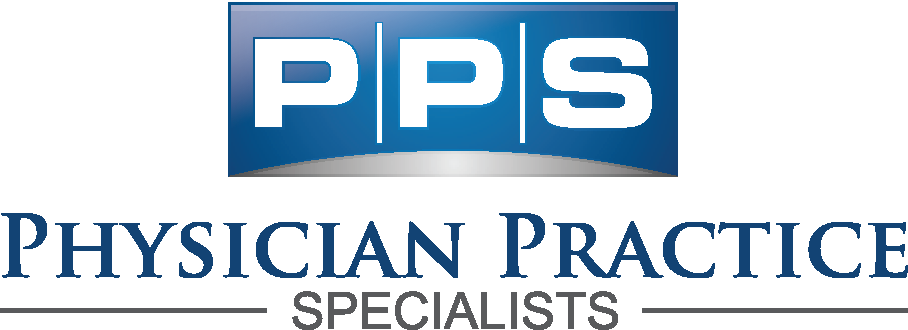Credentialing with insurance companies otherwise known as provider enrollment can be extremely frustrating if you’ve never done it before. Even with experience and every tool at your disposal, the credentialing process can still be exhausting. Here is a brief overview of how to complete the provider enrollment or insurance credentialing process to become an in-network provider. For the purpose of this article, we are only going to cover the process related to commercial payers which includes PPOs and HMOs. Obviously, each payer is slightly different but this should help you get started.
10 Steps to Insurance Credentialing:
Step 1: Prepare Your Info- Obtain your CAQH ID or update your profile to ensure it has all of the correct info on file.
The commercial payer will utilize this information for your application. Make sure CAQH has a valid W9 and malpractice certificate uploaded.
Step 2: Join Network– Complete a request to “join network” on the insurance company’s website.
Always contact the payer to follow-up with your request or call them if you can’t find the join network request. Many of the insurance companies have credentialing hotlines set up so check out their website for this number.
Step 3: Panel Determination- If the panel is open then the credentialing process can be started.
They will request some information from you on the phone(CAQH ID, NPI, Practice EIN) which will help get things started. Make sure the practice EIN you provide is the same one on the W9 that should already be in CAQH.
Step 4: Reference Number– Once the initial information has been submitted, make sure to get a reference or ticket number from the payer.
You’ll want to keep this as payers are notorious for losing applications. The payer will complete an initial review of your information and a lot of the payers will send a full application via email to the credentialing contact. The requests for information, applications and contracts will go to the credentialing contact on file within CAQH.”
Step 5: Follow-Up– This is the period of time where you want to call the payer frequently and ensure that everything is processing correctly.
They are not very proactive in telling you when things are wrong with the application. You’ll often find yourself calling to check status, only to find that the application is on hold because of some document that has expired or is illegible.
Step 6: Contracting Phase- Once credentialing or primary source verification is complete, you’ll now move to contracting.
The contracting phase is the all important part of the process that determines how much you’ll be paid. A contracting rep at the payer will typically be assigned who will draft your agreement.
Step 7: Fee Schedule- Your agreement is drafted by the payer around the 90 day mark and will move through the contracting department.
This is where your fee schedule is built in about 45 days. You’ll want to follow-up every week or two to check status with the payer but be careful not to piss them off by calling every day. It really can backfire on you.
Step 8: Review Process– Once the contract is approved at the payer level, it will then be emailed over to you for review.
You’ll want to make sure to review the fee schedule before signing as they’ll often attempt to give you a really poor initial agreement. The fee schedule isn’t always included so you may need to request a fee schedule and provide the payer with your top 20 codes.
Step 9: Contract Execution– Eventually, you’ll sign the contract and send it back to the payer.
Once they have it back, it will take another 30ish days for them to load in their system. At that time you’ll be issued a letter of participation which indicates your effective date and provider id. It’s important to discuss with the contracting representative if you’ll be granted a retroactive effective date. Only a handful of the payers will actually do this but it’s important to ask if you’re in a time crunch and are holding claims.
Step 10: Participation Verification– Verify payer participation and save the email or letter received from the payer confirming participation.
Ensure your billing system is updated with payer information (EDI enrollment) and start submitting claims.
This is how to credential a provider in a nutshell. We hope that this helps as you navigate through the process of becoming a participating provider. Please be sure to contact us with any questions.


